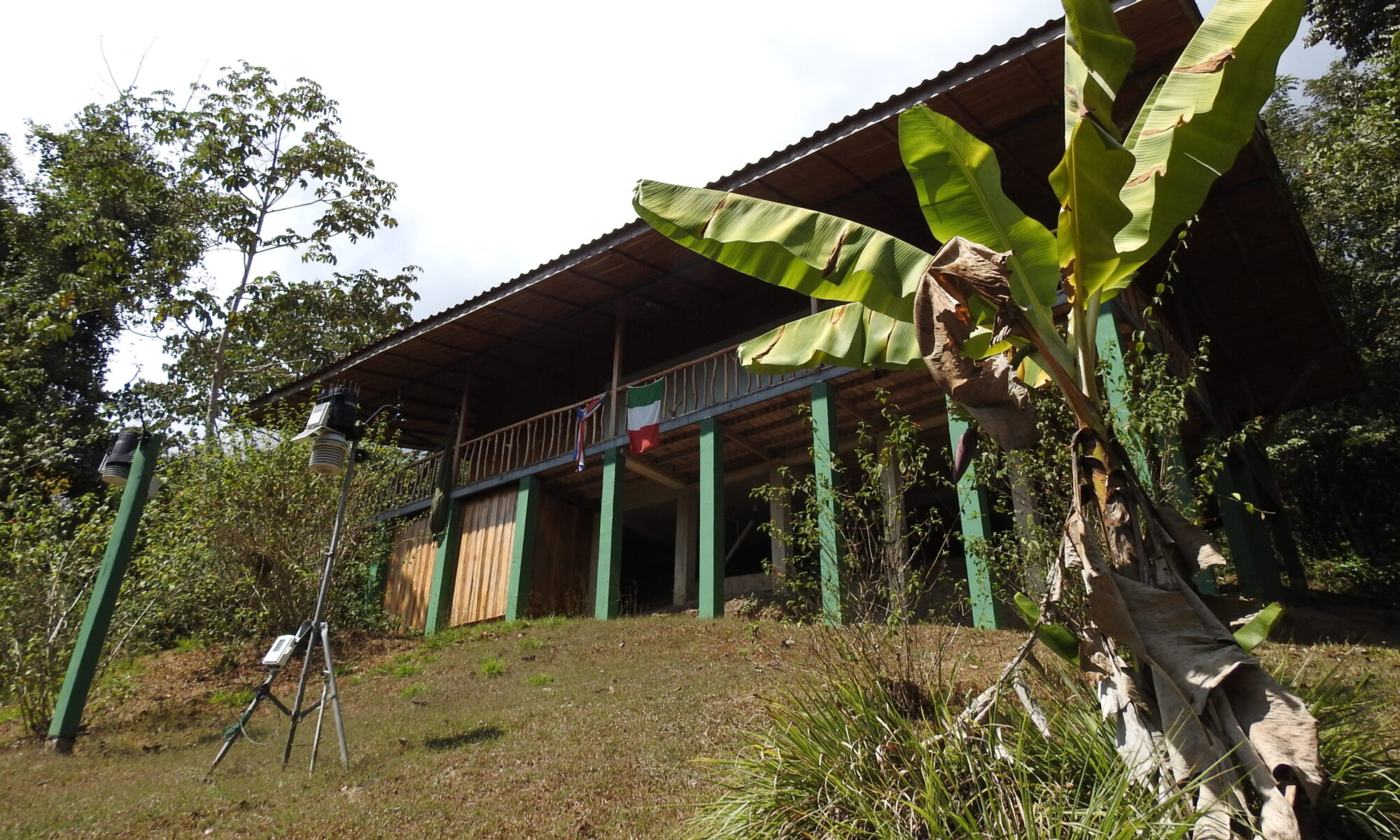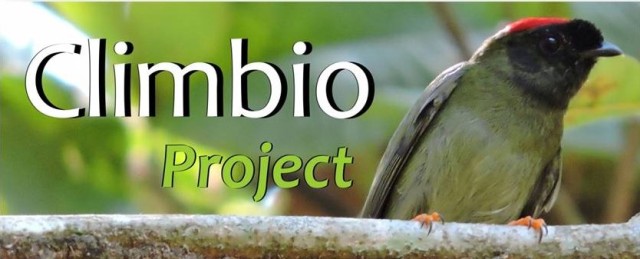The avian community of the Karen Mogensen Reserve, a wealth of biodiversity within the poorly investigated and threatened environments of northwestern Costa Rica
expand article info Matteo Dal Zotto, Giuseppe Romeo, Luis A. Mena Aguilar, Dario Sonetti, Aurora Pederzoli
Abstract
Despite being characterized by some of the most threatened forest ecosystems of Mesoamerica, the Nicoya Peninsula is among the least known regions of neotropical Costa Rica in terms of its birdlife. Within this region, in the framework of an ongoing international cooperation program between Italy and Costa Rica, we had the opportunity to investigate the Karen Mogensen Reserve, a protected area distinguished by the presence of a variety of habitats, including tropical dry forest and moist forest. Species richness in the Reserve was relatively high compared with similar areas in northwestern Costa Rica. A series of surveys carried out over a 20-year period documented an avian community consisting of 207 species, of which 115 were breeding in the zone and another 14 were potentially breeding. We recorded five IUCN globally Vulnerable or Near-Threatened species, along with six species reported for the first time from the Nicoya Peninsula, each representing range extension of more than 100 km. Twenty-six species, mostly breeding in the area, are at their southernmost range borders, and are likely susceptible to global environmental alterations, such as the effects of climate change. Furthermore, our study revealed the presence of two species endemic to a restricted area of Central America and four subspecies endemic to Costa Rica, along with breeding populations of two species that are geographically isolated from the main ones. The present analysis led to the ecological characterization of the resident avian community, showing that 65% of the species are strictly associated with forested environments, and especially with the understory or middle tree level, hence more vulnerable to environmental change (climatic, anthropogenic, etc.) and susceptible to local extinction. These results underscore the importance of the Karen Mogensen Reserve for bird conservation within a vulnerable environmental context, and warrant the continuation of periodic bird surveys, taxonomic study of isolated populations or endemic taxa, and improvement of local conservation measures. The data collected will be an important tool for future studies aimed at evaluating the consequences of habitat fragmentation and to monitor the effects of climate change on the resident avifauna. We exhort the creation of programs that integrate bird monitoring, ecological research, conservation initiatives, and the involvement of the local communities, by promoting environmental education, capacity-building, and income generation. To this purpose, the Karen Mogensen Reserve may represent a convincing model and valuable example to apply in similar neotropical contexts.
Full article on the ZooKeys website:
“The avian community of the Karen Mogensen Reserve, a wealth of biodiversity within the poorly investigated and threatened environments of northwestern Costa Rica”


